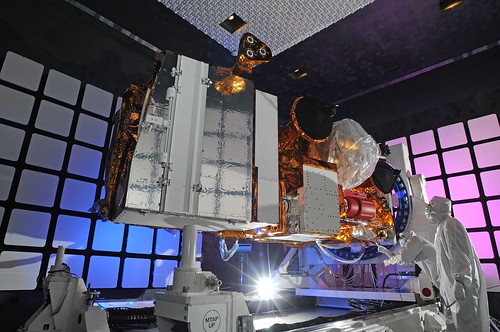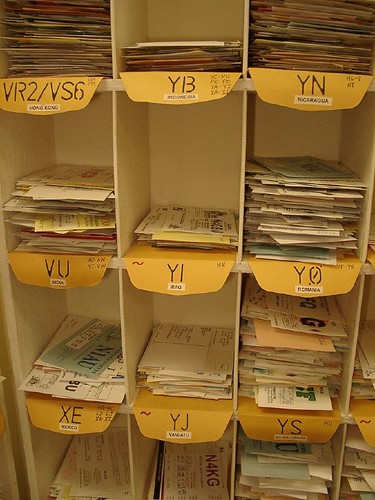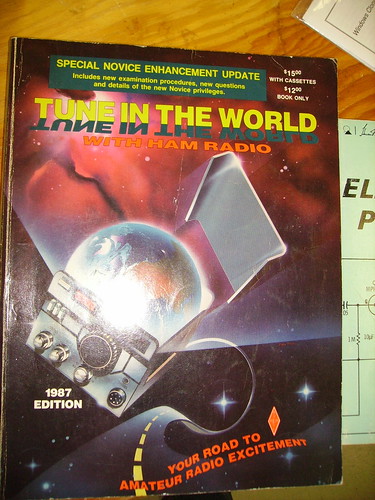The following is a straight-forward listing of the stages required to construct a shortwave antenna:
Get hold of a simple broom-handle. Altrnatively you can make use of a dowel rod or ready-made plastic tubing that is available from a plumbers or builders merchants The thickness of the of rod is not paramount and anything from about half an inch or better will function perfectly well Create a relatively large base to hold the rod vertically. The base should be heavy enough to keep the rod vertical at all times Get hold of an aluminium disk with a minimum 6 inch diameter. A disk of approximately 12 inches seems to be the optimum size. The disk will provide a capacity hat termination and will assist in reducing any noise pick up Source a quantity of no.16 PVC plastic covered standard wire. If this is not possible then an good alternative is no.16 or no.18 enamel covered copper wire. If this is not available then standard no.18 speaker wire will suffice With one end of the wire connected to the disk, begin winding a consistent coil around the rod. The coils should sit next to each other and be bound tightly to the rod. On completion of binding the rod you should then terminate the wire either by connecting it directly to your antenna tuner or by a proprietary wire connection terminator. Ensure that the wire extending from the base of the rod is as short as possible On completion you can protect your antenna by coating it in proprietary insulation tape or by giving it several coats of protective spray For optimum performance ensure the antenna is placed close to a window, in a garden or veranda. Ensure that the connection from the base is as short as possible You can use it your antenna without a dedicated tuner, however there will be a lack of enhanced core quality if the antenna is not attached to a receiver via a bespoke dedicated tuner Your new antenna is now geared up for use This simple wire-wound antenna will provide a great basis on which to trial your experience. Providing a ground link to both the antenna and tuner will optimise the system. A simple method of creating an artificial ground is to connect a minimum 5M strand of wire which you allow to fall on the floor of the room or garden
This atricle demonstartes what may be achieved with a straighforward home-made antenna, especially if you are limited in your space and budget
Provider of Two Way Radio Communications
































